Introducing a methodology for Autonomous Intervention at the neighborhood level
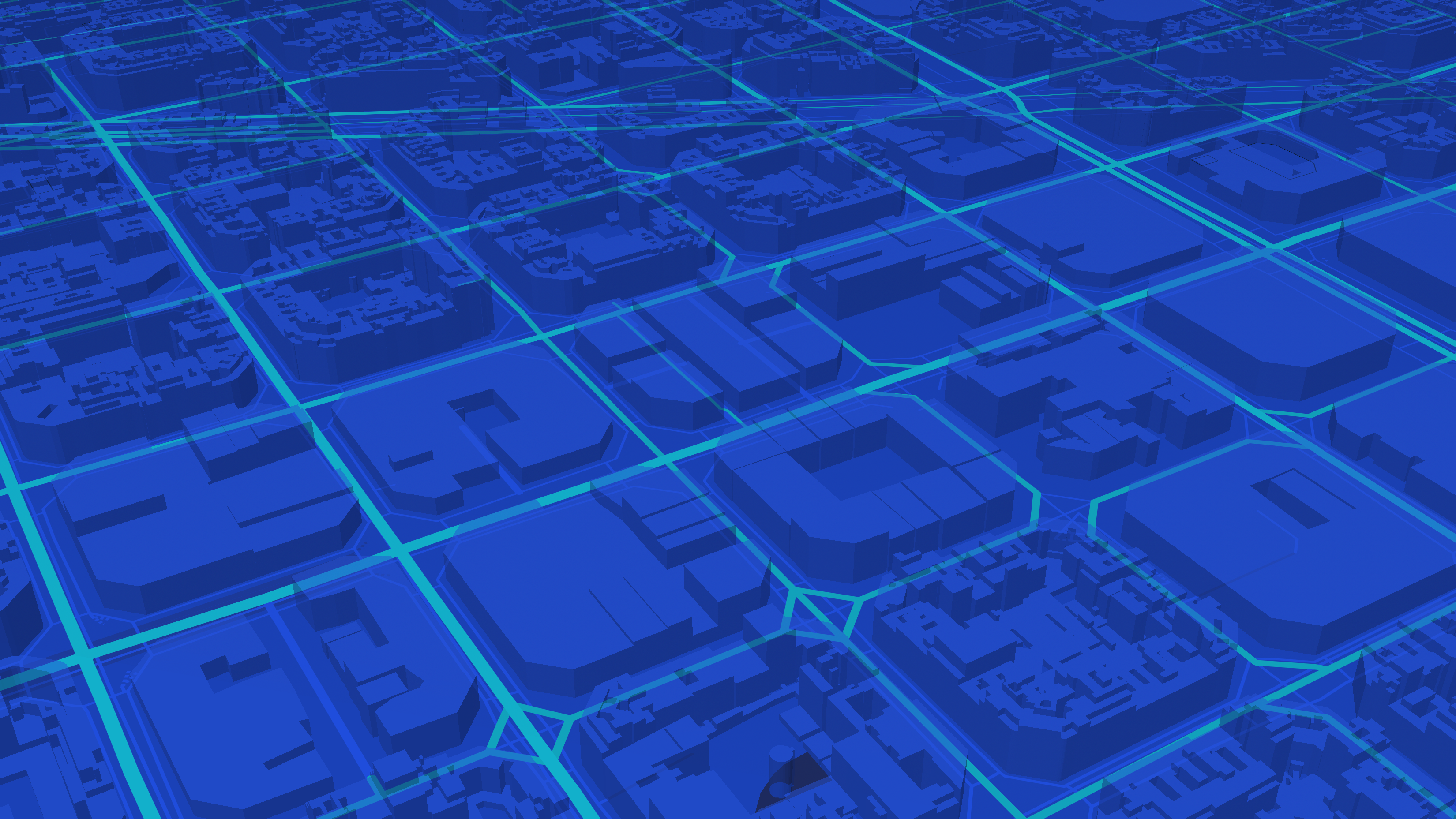
Identifying a problem;
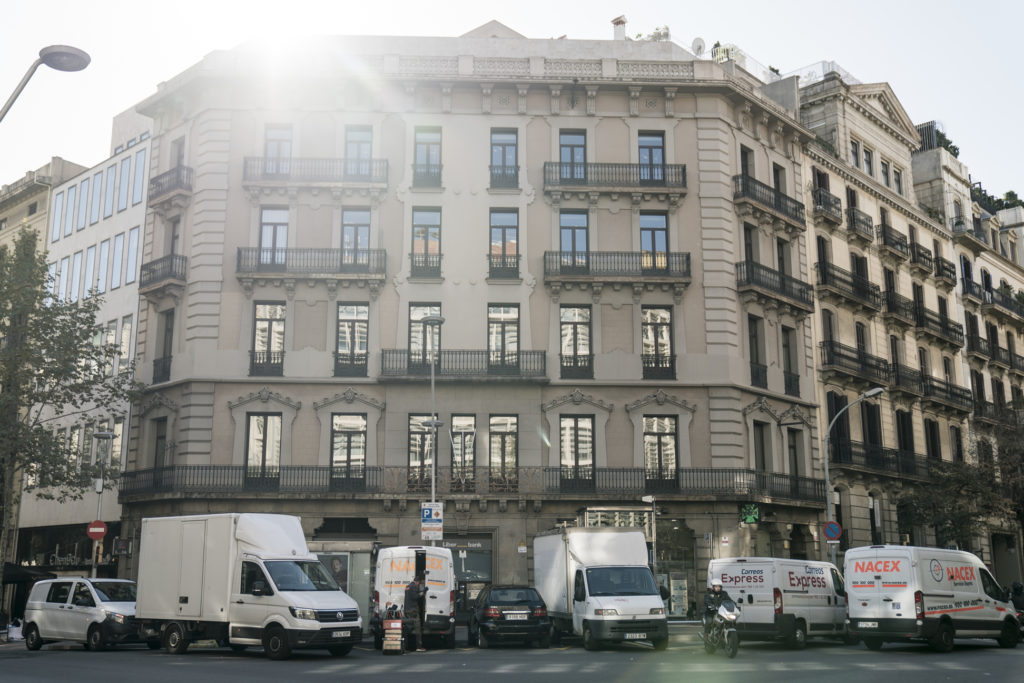
In the Eixample district of Barcelona, the daily scene often includes numerous small vans and trucks loading and unloading goods on the streets. This common activity significantly impacts the city by contributing to increased traffic congestion and higher levels of pollution. The steady flow of delivery vehicles, particularly during peak hours, can create bottlenecks and slow down overall traffic movement, making commuting more time-consuming and less efficient. Additionally, the emissions from these vehicles exacerbate air quality issues, adding to the urban pollution levels. Addressing these challenges requires innovative solutions such as implementing dedicated loading zones, encouraging the use of electric delivery vehicles, or optimizing delivery schedules to off-peak hours to minimize their impact on the city’s traffic and environment.
Understanding Last Mile Connectivity
“Last mile connectivity” refers to the final leg of a journey, the segment that bridges the gap between a central hub (like a train station, bus stop, or parking lot) and the traveler’s ultimate destination (such as a home, office, or shopping center). This concept is crucial in transportation and urban planning, particularly in ensuring that public transit & logistics systems are convenient and accessible.
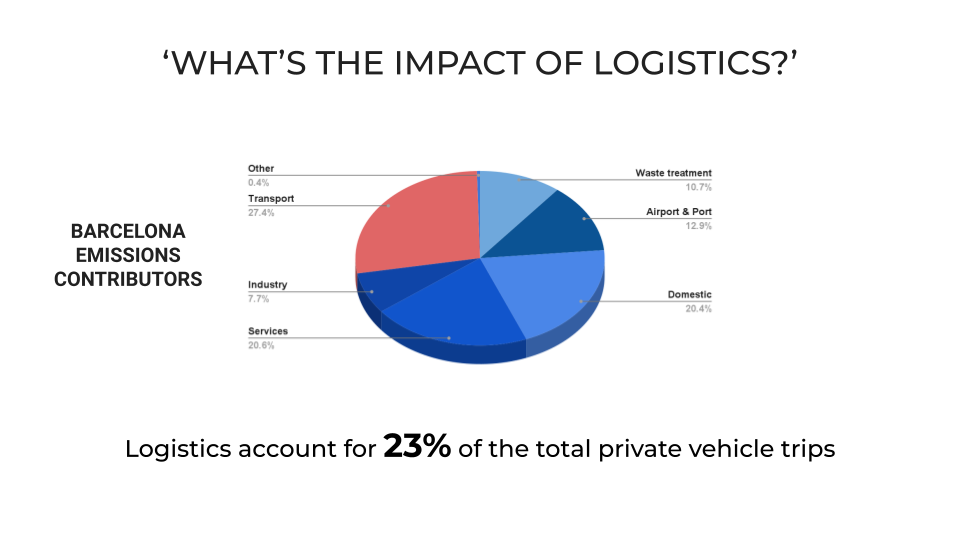
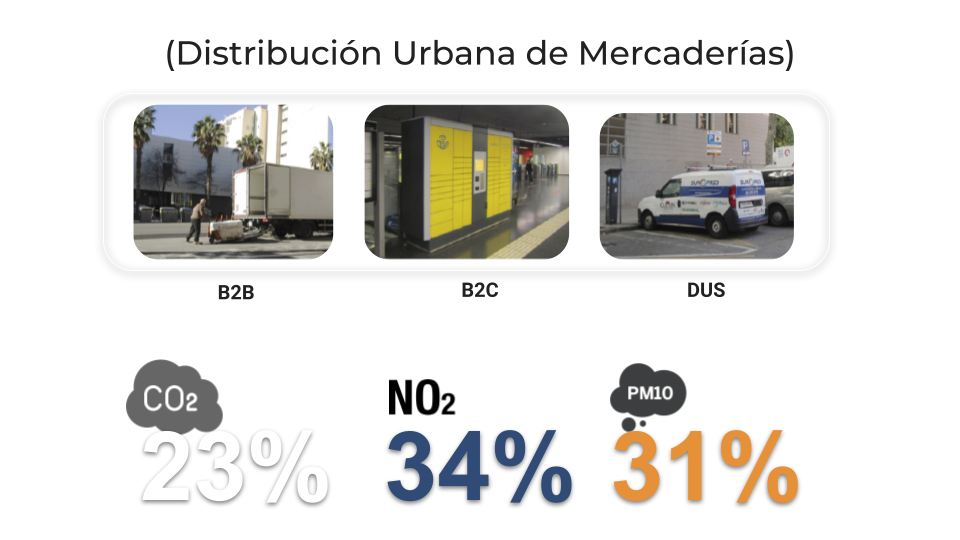
The urban distribution of goods (DUM) encompasses all the flow of goods that occurs within the city. It is the last part of the supply chain in which goods are distributed within the urban area.
The DUM makes life in the city possible and supports it, and contributes to the development of the local economy. It provides services to establishments and consumers through three different models: the distribution of merchandise to establishments, the distribution of products to the final consumer and the distribution of services to users and establishments.
Case Study: Clevon DHL
In Estonia, the partnership between Clevon and DHL is paving the way for a new era in urban logistics by deploying autonomous delivery vehicles for last-mile delivery services. This innovative collaboration addresses key challenges such as traffic congestion, environmental impact, and delivery efficiency. The autonomous vehicles used are designed to navigate urban environments safely and efficiently, reducing the reliance on traditional delivery vans that contribute to traffic and pollution. Equipped with advanced sensors and AI, these vehicles can operate in various weather conditions and are monitored remotely to ensure safety. This model not only streamlines the delivery process but also significantly lowers carbon emissions, offering a sustainable solution that cities like Barcelona could adopt to mitigate similar challenges.
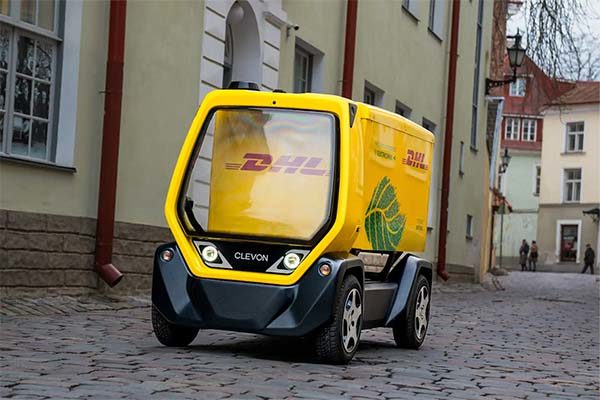
Package Categorization
Small Packages: Up to 2.3 kg
Medium Packages: From 2.3 kg to 11.3 kg
Large Packages: From 11.3 kg to 22.7 kg
Oversized Packages: Exceeding weight or dimensional limits for standard packages
Most of the packages are moderate size and weight so they could be delivered with the distribution model that we propose.
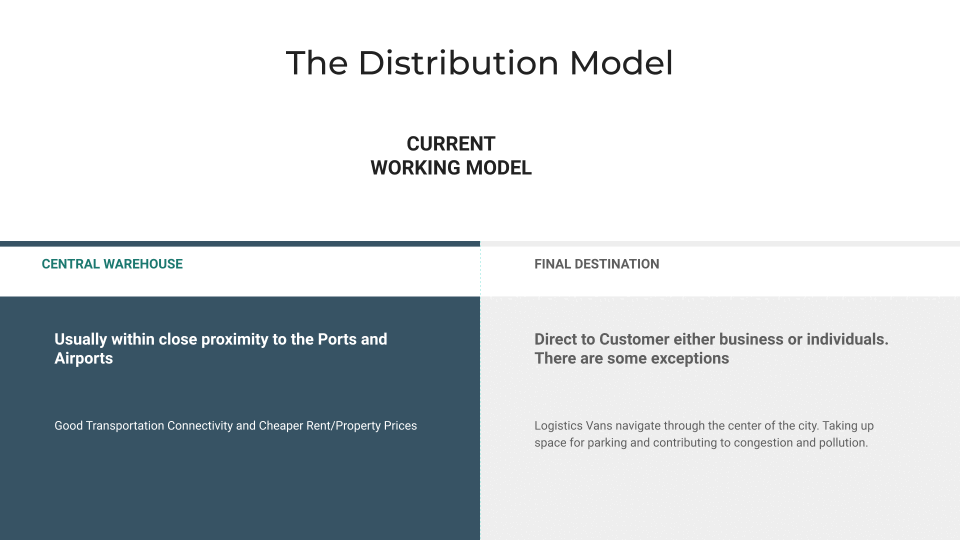
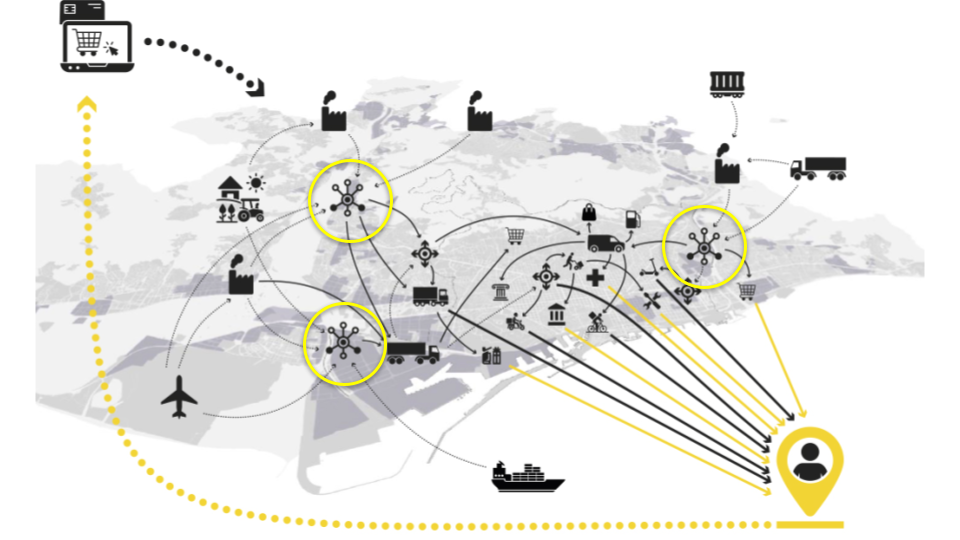
The Current Distribution Model for Goods and Services into Barcelona
The image illustrates the current distribution network for goods and services entering Barcelona. Goods are transported directly from various warehouses situated around the city, including key logistical hubs like the port and the airport, to the city center.
How It Works:
- Warehouses and Factories: Goods are first collected from warehouses and factories located in the surrounding regions, including those near the port and airport.
- Transport Hubs: From these points, goods are transported via large trucks to several transport hubs positioned on the outskirts of the city. These hubs serve as intermediate collection points.
- Micro-Hubs: Big companies like Amazon have established micro-hubs for B2C deliveries, but this practice is not yet common. Most packages are transported directly to their final destination.
- Final Delivery Methods: The majority of the deliveries in Barcelona consist of retail and business types. Here’s how it typically works:
- Retail and Business Deliveries: Large trucks make direct deliveries to retail stores, businesses, and institutions within the city center. These trucks navigate through the urban landscape to ensure that goods reach their intended commercial destinations.
- Direct to Consumer: Although less common, some packages are delivered directly to consumers from transport hubs or micro-hubs using small vans, bikes, and drones, primarily for individual customers.
Challenges Addressed by the Proposed Model:
- Traffic and Congestion: The current model leads to heavy traffic, especially during peak hours, causing congestion and delays.
- Environmental Impact: The reliance on large, fuel-powered trucks contributes significantly to urban pollution.
- Efficiency: Coordinating deliveries across a sprawling urban landscape with narrow streets can be inefficient and time-consuming.
By understanding the existing distribution framework, it becomes clear how innovative solutions like autonomous trucks, micro-hubs, and drones can revolutionize last-mile delivery in cities like Barcelona, improving efficiency, reducing environmental impact, and enhancing the overall urban logistics network.
‘Location! Location! Location!’
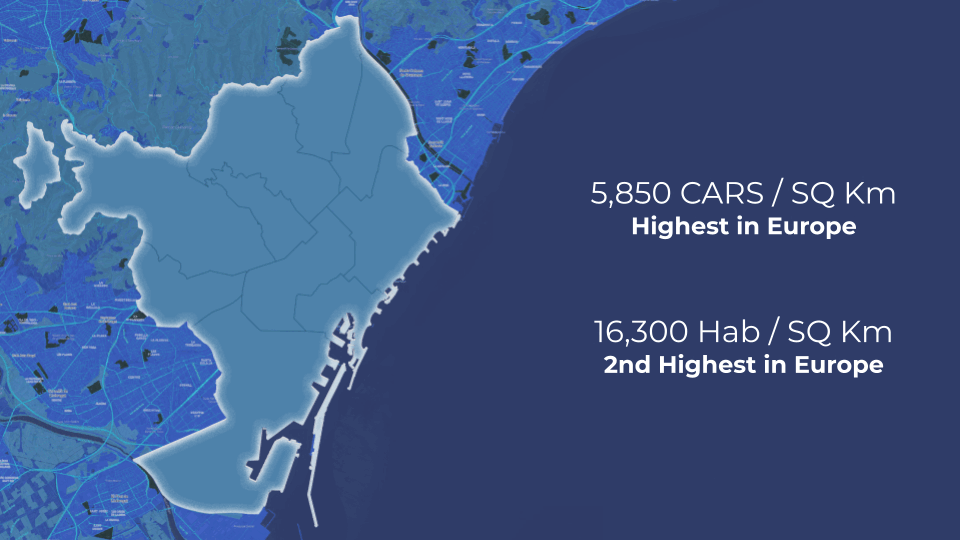
After extensive analysis, we have identified Eixample as the optimal location for our pilot project on autonomous vehicles in the logistics sector. Eixample is not only one of the most densely populated districts but also suffers from some of the highest levels of air pollution in the city. This combination makes it an ideal candidate for intervention. By introducing autonomous vehicles, we aim to reduce the reliance on traditional cars, thereby decreasing traffic congestion and improving air quality. The dense population ensures that the impact of our project will be significant, providing valuable data and insights for future expansions.
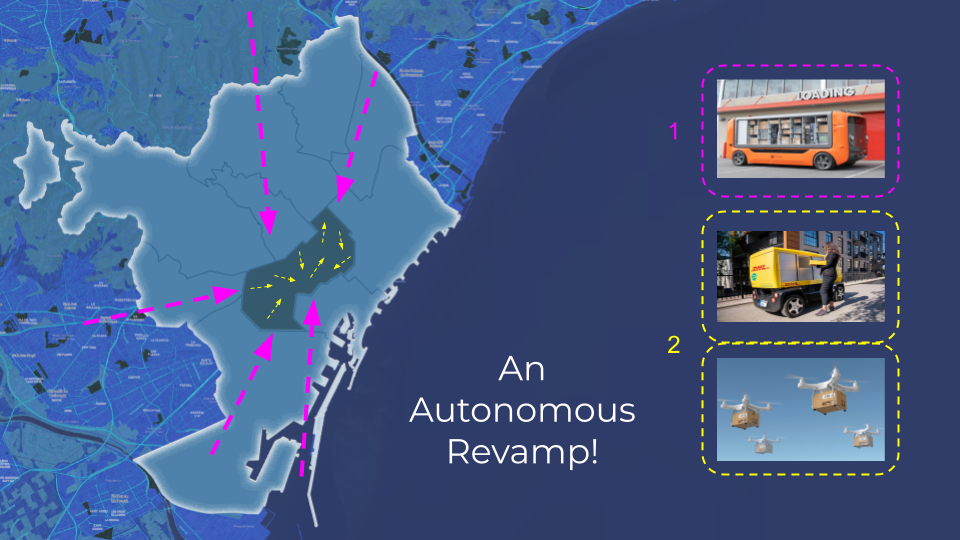
In the new delivery model for Barcelona’s Eixample district, we propose deploying large autonomous trucks during non-peak hours to efficiently transport packages to strategically located micro-hubs around the district’s perimeter. This strategy reduces traffic congestion within Eixample by offloading packages outside the central area. From these micro-hubs, packages would be distributed to their final destinations through a multi-modal system. Customers could pick up their parcels directly from the micro-hubs, ensuring flexibility and convenience. Small autonomous vans or trucks would handle ground deliveries within the district, navigating the narrower streets more effectively and reducing emissions. Additionally, these small autonomous vehicles could coexist with bicycles if cycling lanes were improved and expanded, thereby reducing space for cars and promoting a more eco-friendly transportation environment. For B2C deliveries, drones would transport packages to the rooftops of Eixample buildings, offering a swift and innovative delivery method. This comprehensive system aims to streamline urban logistics, reduce traffic congestion, and lower environmental impact, creating a more efficient and sustainable delivery network for Barcelona.
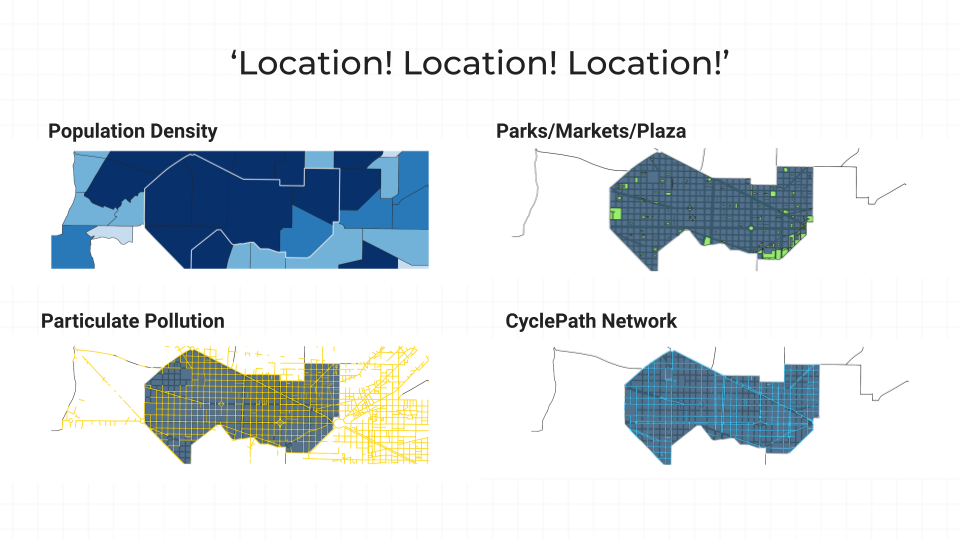
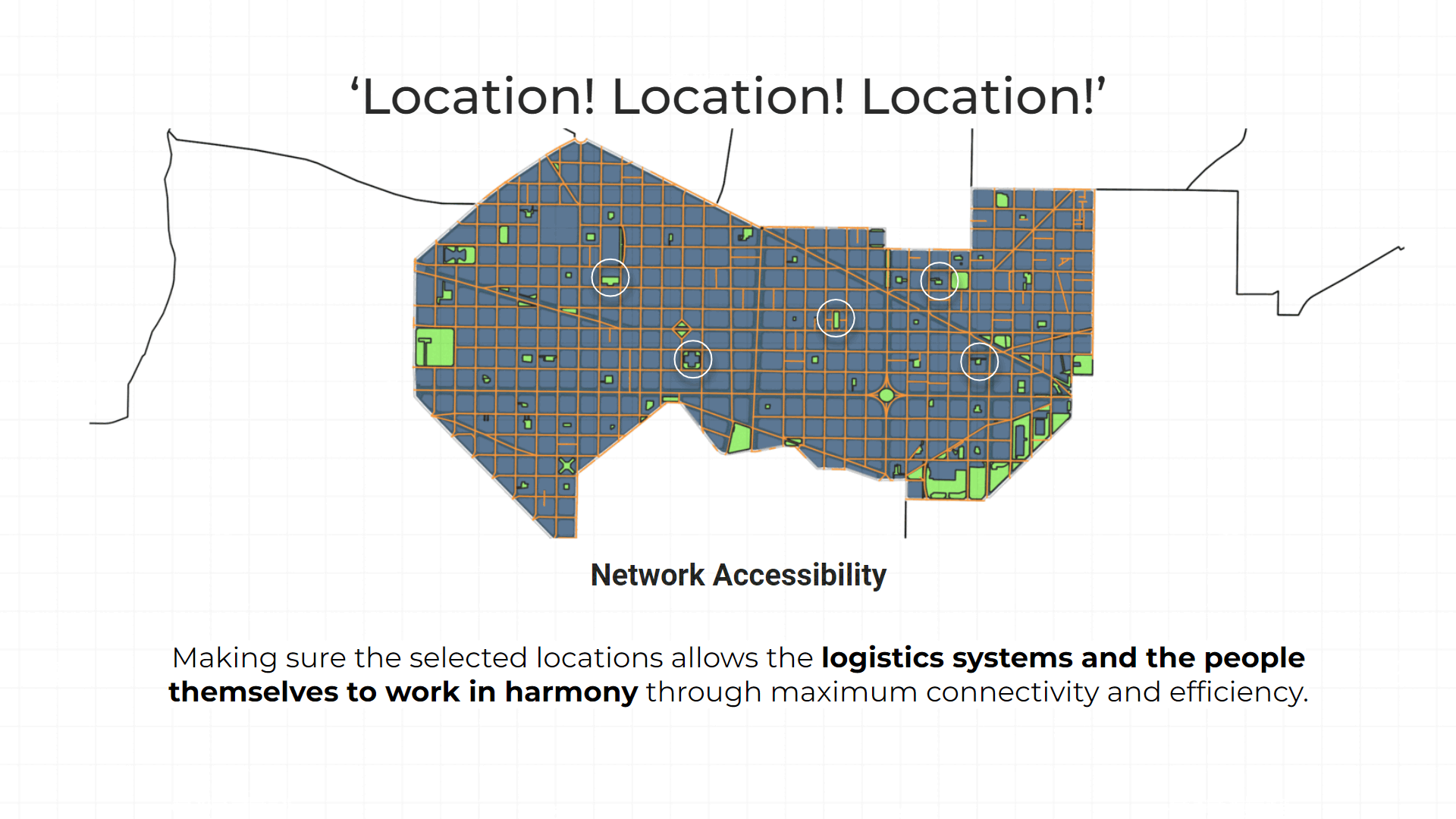
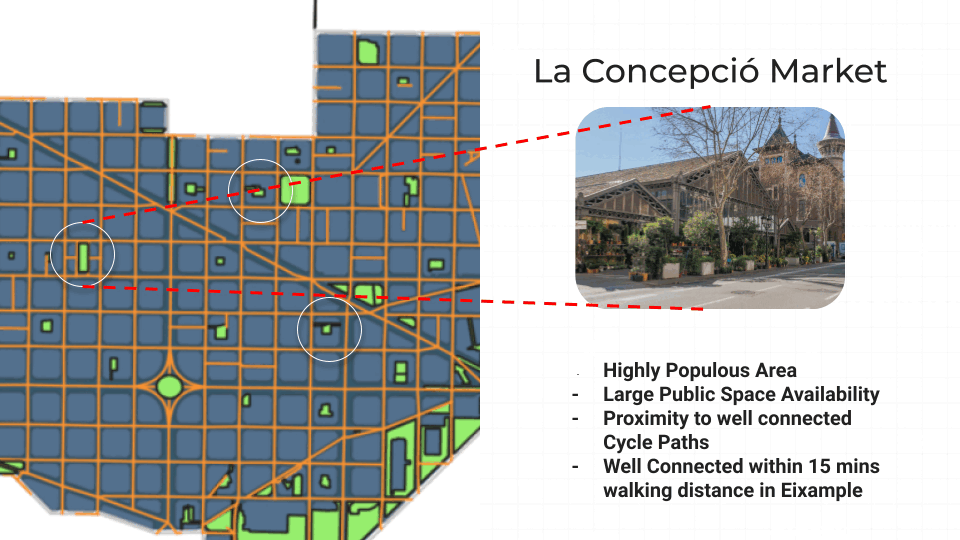
Envisioning the System
Following the new proposed model wherein the autonomous systems will be functioning, the system proceeds as follows with;
- Goods from the central warehouse are loaded onto the Tier-1 (bigger AV vehicles) that will carry out a larger stock pile of goods.
- The Tier-1 vehicle is driven at ‘off-peak’ hours straight to the Local ‘Micro-Hub’ where the products for the particular catchment area are dropped off in the modular ‘Block’ locker
- ‘Tier-2’ smaller Av Vehicles will utilize the cycle lanes for the purposes of delivery to the door front of the customer
- Customers will also have the option of having a drone deliver their package straight to their balcony or designated drop off point of their choice.
- Customers can also collect their products straight from the ‘micro-hubs’
This system will allow for the removal of a
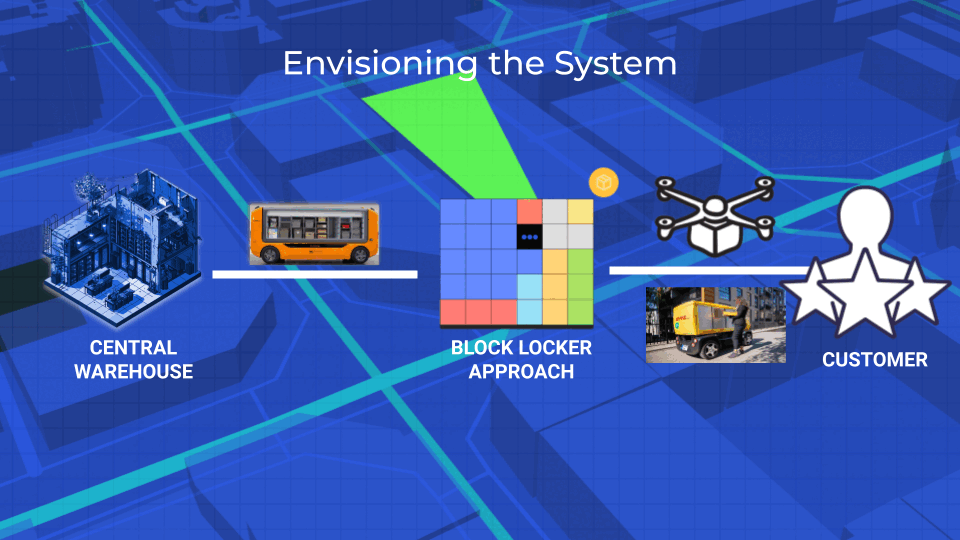
The 10,000 Package Case Study
In an era where efficiency and sustainability are paramount, reimagining delivery systems in urban areas is a pressing need. This case study explores a transformative approach to last mile delivery in the Eixample district of Barcelona, focusing on the use of autonomous electric trucks, micro-hubs, small autonomous vehicles, and drones to handle the delivery of 10,000 packages. We compare this new model with the current traditional delivery system in terms of cost, efficiency, and environmental impact.
Current Delivery Model
Structure and Workflow:
- Large delivery trucks transport packages from warehouses like Zona Franca to individual destinations in the Eixample district.
- Each truck carries 100 packages per trip.
- Each truck makes 100 trips to deliver 10,000 packages.
Time Calculation:
- Average delivery time per package: 10 minutes (including driving between stops, parking, and delivery).
- Total time for one truck to deliver 100 packages: 100 packages × 10 minutes/package = 1,000 minutes (16.67 hours).
- Each truck operates for 8 hours per day, requiring multiple trucks or multiple days.
Using Multiple Trucks:
- Number of trucks needed to deliver 10,000 packages in one day: 100 trucks (each handling 100 packages).
- Total time for 10,000 packages: 100 trucks × 8 hours = 800 hours.
Impact:
- High traffic congestion.
- Increased pollution.
- High operational costs.
Proposed Autonomous Delivery Model
Structure and Workflow:
- Stage 1: Autonomous Electric Trucks to Micro-Hubs
- Autonomous trucks transport packages from warehouses to micro-hubs in the Eixample district.
- Each truck carries 200 packages per trip.
- Total trips needed: 50 trips.
- Average time per trip: 2 hours.
- Stage 2: Distribution from Micro-Hubs
- Customer Pickup: 20% of packages picked up directly by customers (2,000 packages).
- Small Autonomous Vehicles: 70% of packages delivered by small autonomous vehicles (7,000 packages).
- Drones: 10% of packages delivered by drones (1,000 packages).
Time Calculation for Stage 1:
- Total time for 50 trips: 50 trips × 2 hours/trip = 100 hours.
Time Calculation for Stage 2:
- Small Autonomous Vehicles:
- Each vehicle can carry 20 packages per trip.
- Number of trips needed: 7,000 packages / 20 packages per trip = 350 trips.
- Average delivery time per trip: 1 hour.
- Total time for small autonomous vehicles: 350 trips × 1 hour = 350 hours.
- Drones:
- Each drone can carry 1 package per trip.
- Number of trips needed: 1,000 trips.
- Average delivery time per trip: 0.25 hours.
- Total time for drones: 1,000 trips × 0.25 hours = 250 hours.
Total Time for Proposed Model:
- Stage 1: 100 hours.
- Stage 2: 350 hours (vehicles) + 250 hours (drones) = 600 hours.
- Total time for delivering 10,000 packages: 100 hours (trucks) + 600 hours (distribution) = 700 hours.
Efficiency and Environmental Impact
Efficiency Gains:
- The proposed model saves 100 hours in total delivery time compared to the current model (700 hours vs. 800 hours), representing a 12.5% reduction in delivery time.
- More distributed and less disruptive delivery system.
Environmental Impact:
- Current Model CO2 Emissions:
- Medium-sized truck emissions: 20.3 metric tons of CO2 for 800 hours.
- For 10 trucks, emissions would be 203 metric tons of CO2.
- Proposed Model CO2 Emissions:
- Electric trucks and small autonomous vehicles significantly reduce emissions.
- Drones and small vehicles operate on electricity, further reducing carbon footprint.
- Potential CO2 reduction by over 80%, considering the switch to electric vehicles.
Conclusion
By adopting an autonomous delivery model, the Eixample district of Barcelona can significantly enhance delivery efficiency and sustainability. The new system not only reduces delivery time but also alleviates traffic congestion and dramatically lowers carbon emissions. As cities continue to grow and the demand for deliveries increases, such innovative solutions will be crucial in creating more livable urban environments. The proposed model demonstrates that with the right technology and strategic planning, it’s possible to transform last mile delivery into a seamless and eco-friendly

